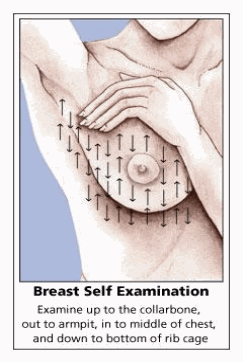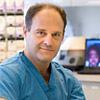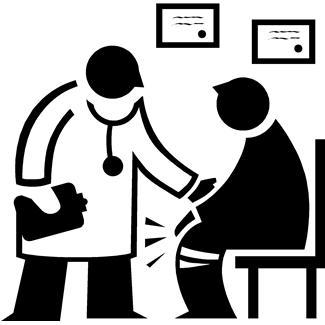The below question is answered by Richard M. Kline Jr., M.D., of The Center for Natural Breast Reconstruction.
Why am I scheduled to have a MRA prior to my DIEP surgery? What is it and what is it for?
Preoperative imaging of perforating vessels by CTA (computerized tomographic angiogram) or MRA (magnetic resonance angiogram) is probably the most significant development in perforator flap breast reconstruction in the last 5 – 10 years.
Some of the potential advantages of preoperative imaging (with CTA or MRA) include:
1. Shortened operating time, due to knowing in advance where the desired perforating vessels are located.
2. Decreased damage to the rectus muscle, due to being able to select perforating vessels with the shortest intramuscular course. This is particularly important because it can decrease the chance of a major motor nerve to the muscle being divided. A few fortunate patients have an unusual anatomic situation in which a large perforating vessel actually goes between the two muscles, which can allow harvest with no damage to the muscle at all; this is instantly recognizable on preoperative imaging.
3. Decreased fat necrosis, due to being able to select the largest perforator.
4. Advanced recognition of those few cases when the SIEA, not the DIEP, might actually be the preferred blood supply for the flap (the same tissue would still be used)
5. Advanced recognition of those very rare instances where the deep inferior epigastric system has been divided form past surgery, or where all usable perforating vessels have been damaged by previous abdominal liposuction.
CTA has the advantage of being most readily available, but also exposes the patient to radiation. MRA does not expose the patient to radiation, but we have found that only a very strong MRI (3 tesla, or 3T) can give us images with enough detail to be really useful for preoperative planning. MRA still requires the administration of intravenous contrast agents, which can rarely have undesirable side effects. On the horizon is MRA without the need for any injection—it’s not quite here yet, but its coming.
We are very fortunate to work with a very skilled group of radiologists with a 3T MRI who are very interested in and skilled at obtaining images for our breast flap patients. We obtain preoperative imaging on all patients preoperatively, whether they are scheduled for a DIEP or GAP flap. If a patient has a contraindication for an MRI / MRA (ferrous metal implanted in the body is the most common), then we obtain a CTA.
If you loved this post, then why not Like us on Facebook?















